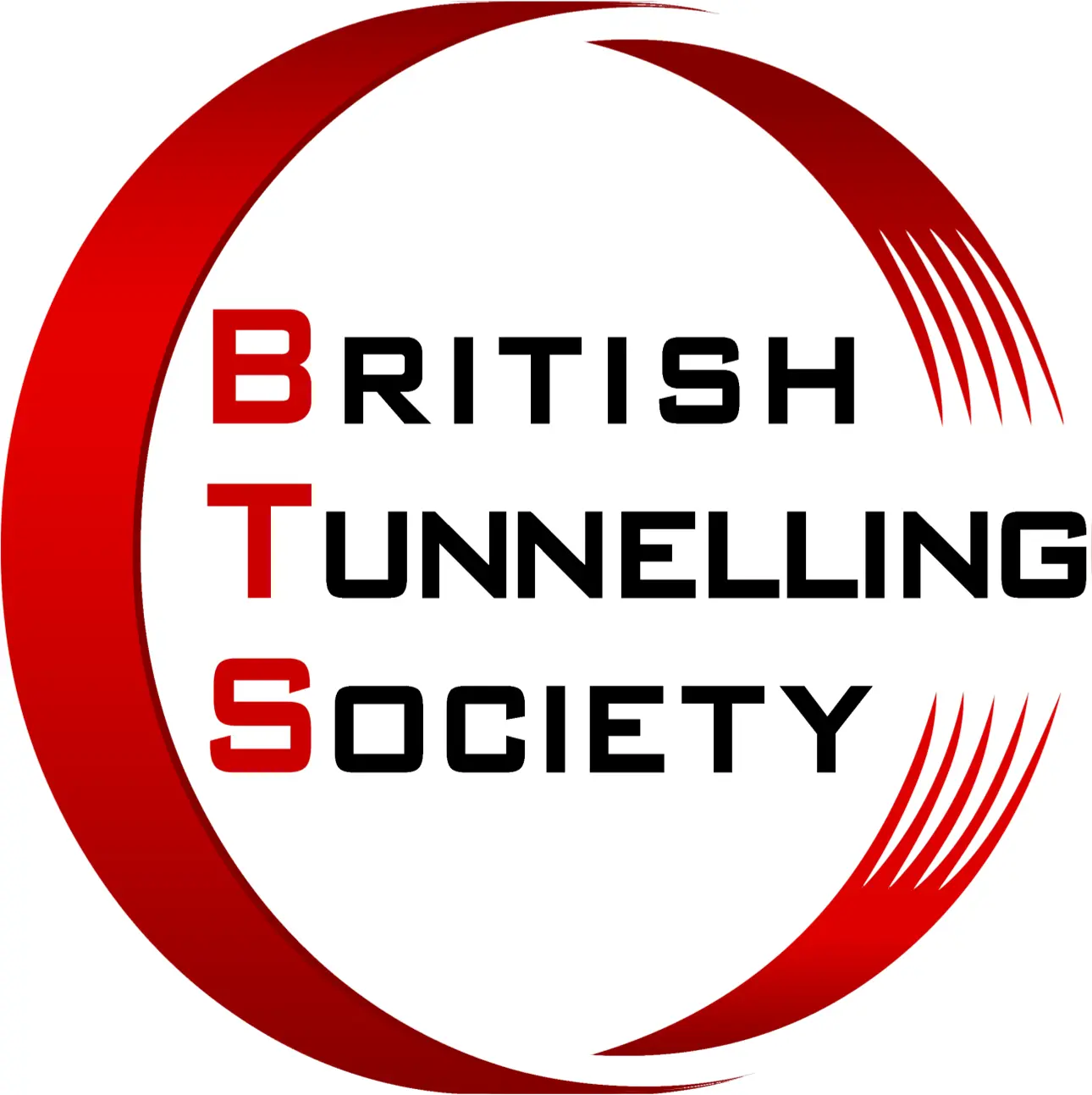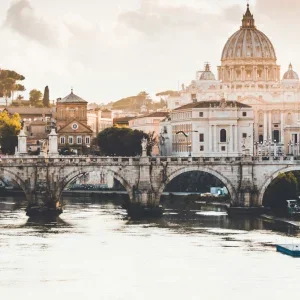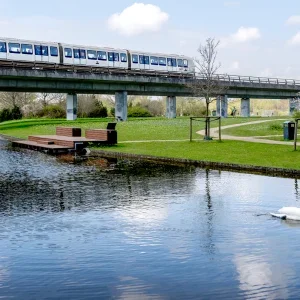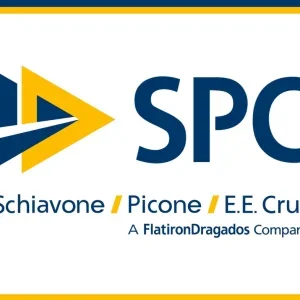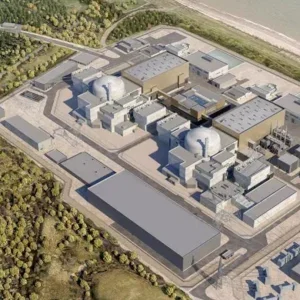The line, commissioned by Roma Metropolitane and being built by Metro C S.c.p.a consortium led by Webuild and Vianni Lavori, will be the first in the Italian capital to have driverless trains.
Venezia Station is a unique engineering challenge because of its location amid historic monuments and museums where there is a constant flow of vehicular and pedestrian traffic.
Located at the centre of the piazza of the same name, the station will have eight levels below ground and three entrances: two leading to Palazzo Venezia and Auditoria di Adriano with escalators and a bank of elevators, and another towards Vittoriano with an open staircase. In total, there will be 27 escalators. Each level will cover 4,500m2, with the bottom one reaching a depth of approximately 45m. The containment walls for the excavation will be up to 85m deep.
The station’s location will make it a hub for the museums in the area. At the top level, the public will have access to Palazzo Venezia and the Auditoria di Adriano, and the archeological area of the Imperial Fora. The station will also provide access to the Vittoriano.
Venezia Station will also serve as an archeological museum, with the first level dedicated to artifacts uncovered during the excavation. An estimated 66,000m3 of ground are expected to be dug for archeological purposes. Discoveries already made include the Auditoria di Adriano – the remains of a two-storey public building of the Emperor Hadrian’s times (117-138 AD).

Yesterday’s ceremony, which marked the start of construction of the station, was attended by Italian minister of transport and infrastructure Matteo Salvini; Rome mayor Roberto Gualtieri; extraordinary commissioner for Line C Maria Lucia Conti; and City of Rome council member for mobility Eugenio Patanè.
Line C will be 26km long and have 29 stations. Around 19km is already in operation, with 22 stations between Montecompatri/Pantano to the east and San Giovanni near the centre. Section T3 between San Giovanni and Colosseo/Fori Imperiali is under construction, with the tunnels having been completed up to the site of the future Venezia Station.
The stations of Porta Metronia and Colosseo/Fori Imperiali are under construction and expected to be delivered by the second half of 2024. The section beyond Venezia Station towards Clodio/Mazzini and four more stations are being designed.
An estimated 1,500 suppliers, 98% Italian, are involved so far.
In addition to the future section to Clodio/Mazzini, another is being considered from Clodio to Farnesina with two more stations. Interconnections with Line A have been made at the San Giovanni Station, while other junctions are planned for Colosseo on Line B, Venezia for the future Line D, and Ottaviano on Line A.

